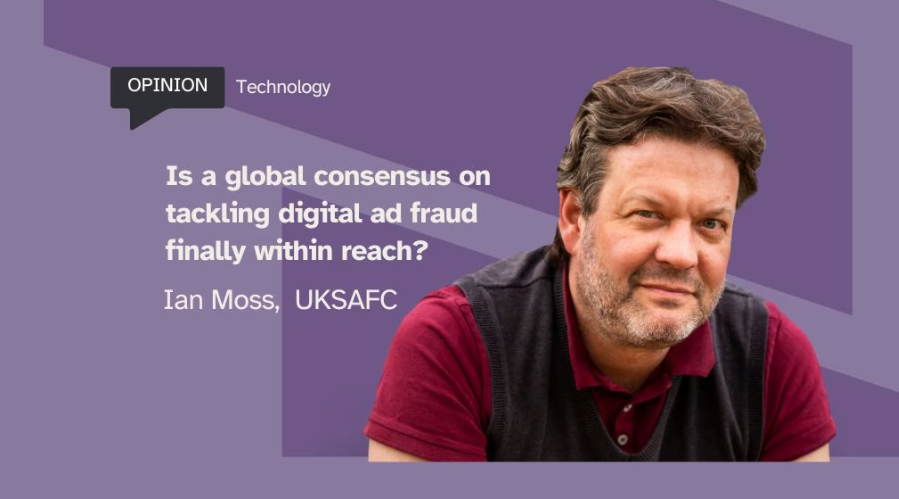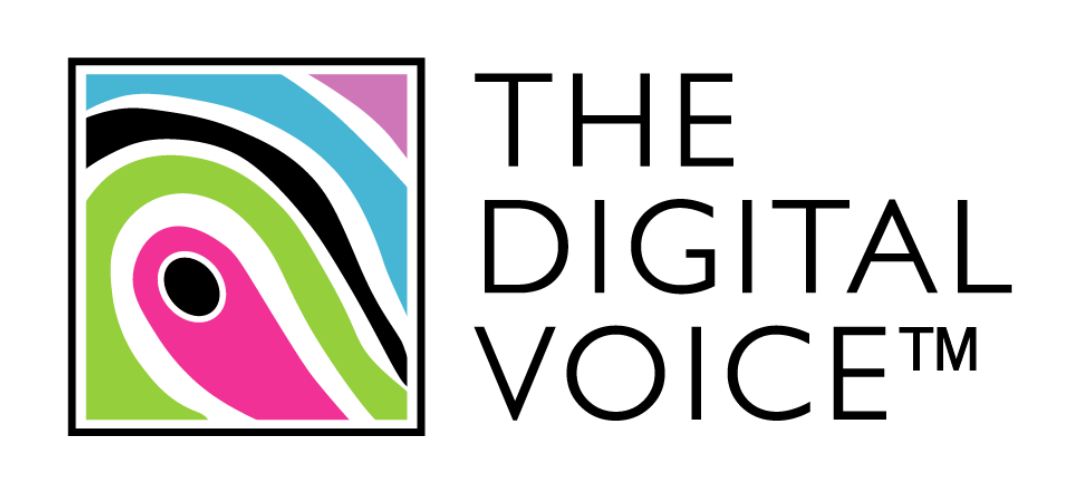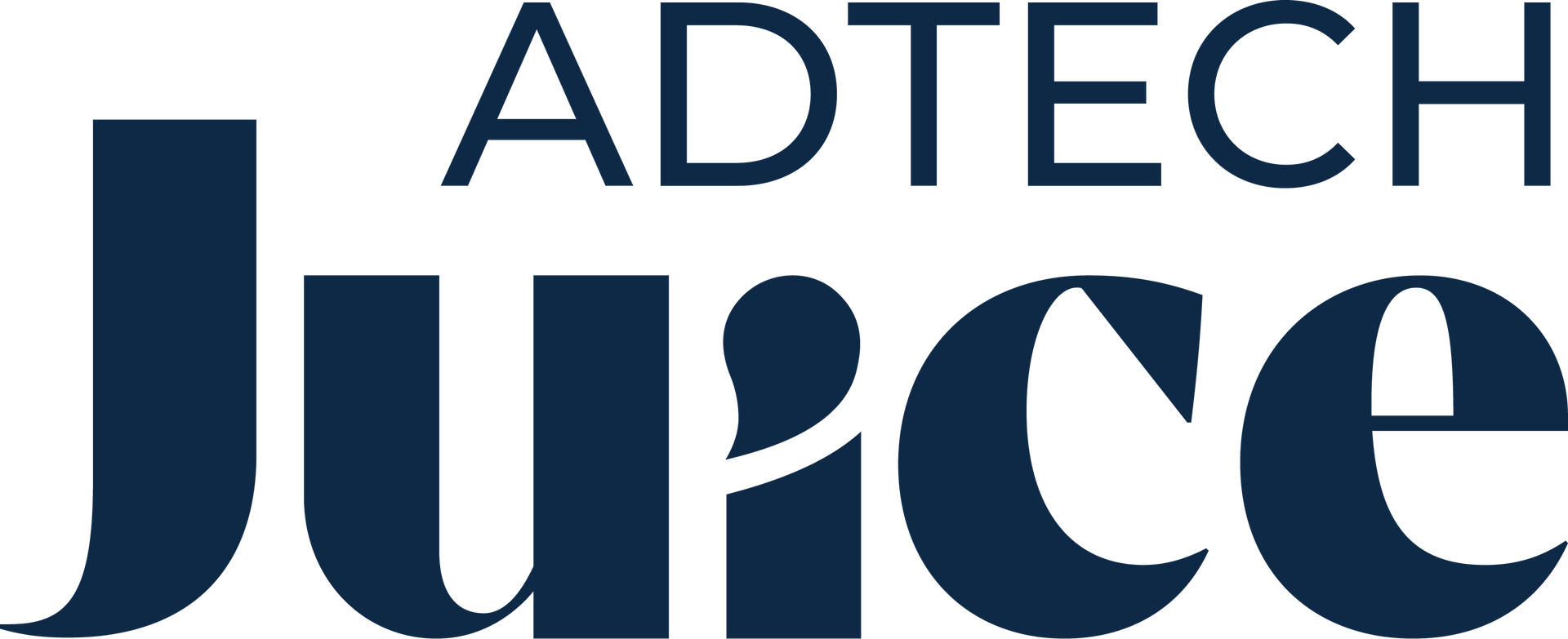Is a global consensus on tackling digital ad fraud finally within reach?

By Ian Moss, Spokesperson, UKSAFC
While programmatic advertising has revolutionised how inventory is sold and ads are served over the past decade, it has also opened doors to cyber criminals who not only undermine the economic viability of the industry, but fundamentally threaten brand safety.
Although it’s impossible to quantify ad fraud with absolute precision, its scale is undeniable. In short, the industry has become an unregulated ecosystem in which bad actors are able to thrive undetected.
And while North America is the most severely impacted market in terms of fraudulent activity in digital advertising, this is a truly global problem. So let’s take a closer look at Europe.
Assessing industry health: The EU perspective
The EU clearly recognises the need to maintain a transparent, competitive digital ecosystem, especially in the face of ongoing challenges from AI, MFA sites, and open web transactions.
In the wake of two pieces of legislation – the EU Digital Markets Act and Digital Services Act – it is now evaluating how effectively these have been implemented, determining their impact, and seeking to identify any remaining regulatory gaps. What’s more, it is launching a further study, due in Q4, answering key questions surrounding privacy and data handling within EU processes, enforcement of the region’s regulatory frameworks, and the extent to which brands can (or cannot) control where their ads are appearing online.
This approach also mirrors developments in the UK, where an increasing number of bodies (such as UKSAFC) are coming together to call for revised industry frameworks that guarantee greater transparency. After all, transparency is the key to preventing fraudulent clicks and misuse of inventory, as well as broader issues such as disinformation, exploitation and the funding of serious crime.
Know your customer – the quickest path to achieving transparency
Ultimately, programmatic practices automate ad placements, and thereby create the risk of ads appearing alongside the kind of content that damages brand reputation – or worse. The core challenge is this: How can we ensure that online auctions are transparent and brand safe, but that advertisers also have enough information to effectively measure campaign performance?
The answer lies in enabling brands to really control and understand where their ads are going, having the capacity to actively choose and dictate who they want to support with their advertising – and who they don’t.
To achieve this, UKSAFC have called for ‘know your customer (KYC)’ checks to be rolled out across programmatic advertising, requiring all parties to provide independent verification of the company’s name, registered address and company number, company directors, and the company’s bank details. These developments, coupled with the work of bodies such as Check My Ads and the IAPP, suggest that a broader international consensus on KYC protocols may finally be emerging.
Iesha White, Director of Intelligence at Check My Ads, says it is important to be honest about what is at stake. “the digital advertising industry routinely inadvertently monetises real-world harms like child sexual abuse material, piracy and state-sanctioned websites. In 2016, it was estimated by the World Federation of Advertisers that ad fraud would exceed $50 billion per year by 2025; yet the latest figures put ad fraud closer to $84 billion annually.
“Know Your Customer and Best Interest Duty requirements for all digital advertising participants are major steps towards transparency and accountability that the industry must no longer delay.”
In summary, tackling consumer privacy breaches and ad-funded crime requires more than good intentions; it demands enforceable transparency standards across every level of the ad exchange. The tools exist, the frameworks are developing, and the willingness from governments, brands, and watchdogs is growing. What remains is the decisive step of international alignment. Without it, loopholes will persist. With it, the digital advertising ecosystem can finally move towards a safer, more transparent and accountable future.
Also published in: New Digital Age



